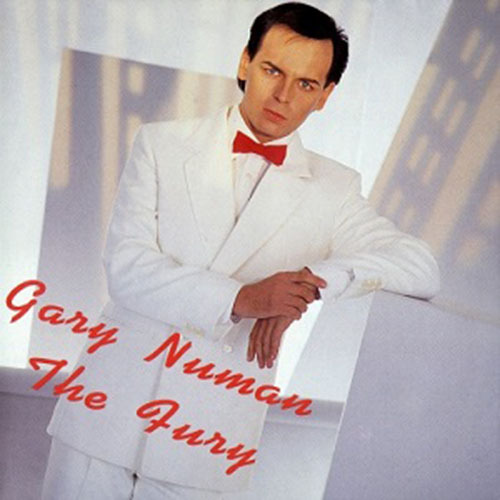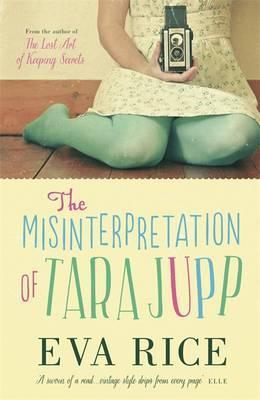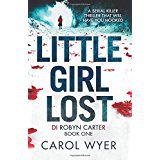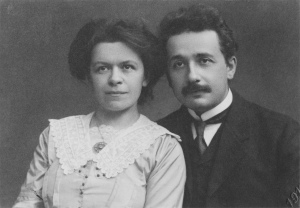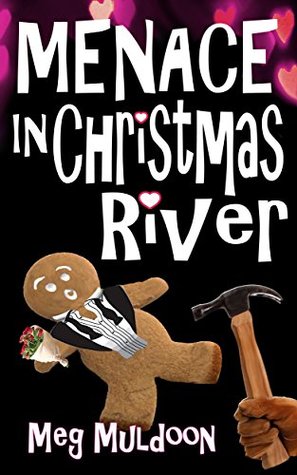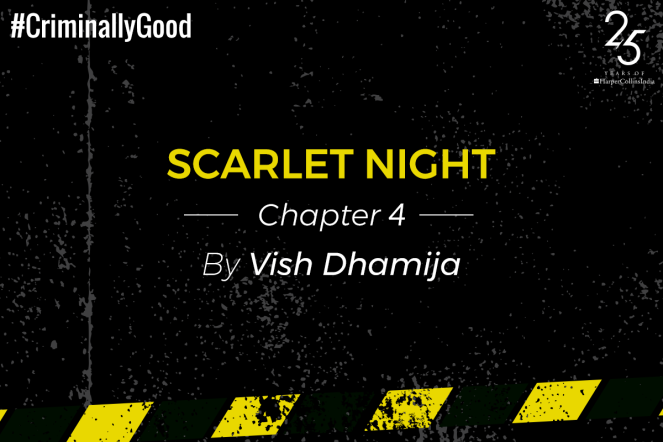Download links for: The Letter Killers Club


Reviews (see all)
Write review
Liked this very much. The fourth story was my favorite.
Strange, obtuse, textured and brilliant.
shut up i don't care
a very strange book
Mind = Blown
Other books by Fiction
Other books by Sigizmund Krzhizhanovsky
Related articles



